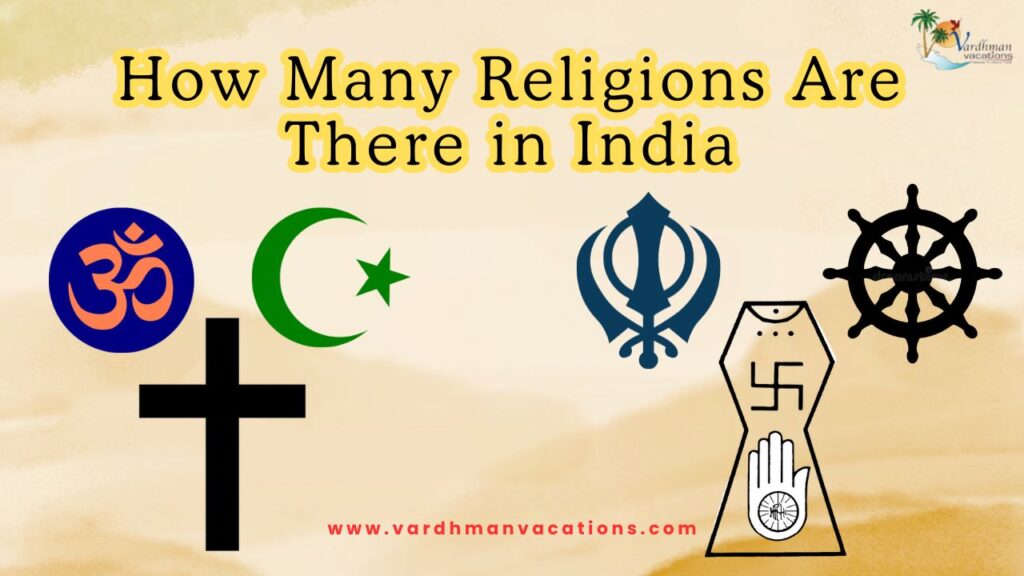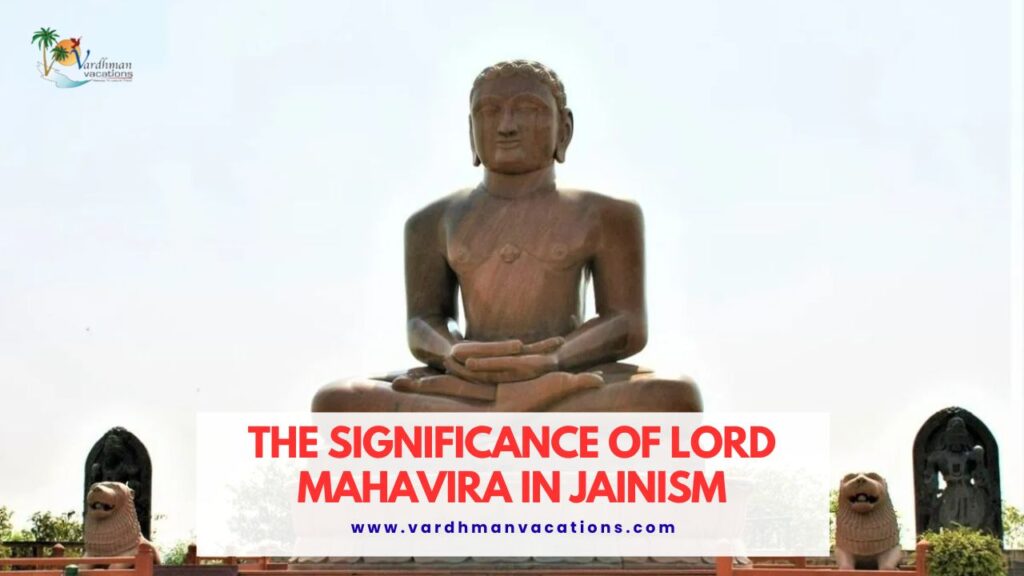India is often called one of the most religiously diverse countries on earth. Home to the birthplaces of four major world religions (Hinduism, Buddhism, Jainism, and Sikhism) and a welcoming land for several others, India’s religious landscape is incredibly rich and complex.
So, how many religions are there in India?
Official Recognition: The Six Major Religions
According to the Census of India (2011 – the last census that published detailed religion data), people in India follow six major religions that each have more than 0.1% of the population:
| Religion | Population (2011) | Percentage |
|---|---|---|
| Hinduism | 966.3 million | 79.8% |
| Islam | 172.2 million | 14.2% |
| Christianity | 27.8 million | 2.3% |
| Sikhism | 20.8 million | 1.7% |
| Buddhism | 8.4 million | 0.7% |
| Jainism | 4.5 million | 0.4% |
These six religions together account for over 99% of India’s population.
Beyond the Big Six: “Other Religions and Persuasions”
The 2011 Census also recorded a category called “Other Religions and Persuasions” – 7.9 million people (0.65%). This includes:
- Numerous tribal and indigenous faiths (Sarna, Donyi-Polo, Sanamahi, etc.)
- Baha’i Faith
- Judaism (very small communities in Mumbai, Kochi, etc.)
- Zoroastrianism (Parsis) – about 57,000
- Animist and nature-worship traditions
- Several new religious movements
“Religion Not Stated”
About 2.9 million people (0.24%) chose not to state any religion or identified as atheists, agnostics, or “no religion.”
Smaller Communities and New Movements
India also has tiny but historically significant communities of:
- Jews (bene Israel, Cochin Jews, Baghdadi Jews)
- Armenian Christians
- Tibetan Bon practitioners
- Ahmadiyya Muslims (sometimes counted separately)
- Various neo-Hindu and modern guru-based movements (ISKCON, Art of Living, Osho, Brahma Kumaris, etc.) – these are usually counted under Hinduism
So… How Many Religions Exactly?
There is no single correct number because it depends on how you define “religion”:
- Officially recognized major religions → 6
- Including distinct minority and tribal faiths → 30–50+ recognized groups
- If you count every indigenous tradition, sect, and new religious movement separately → easily hundreds
The Government of India legally recognizes six major religions for purposes of personal laws, holidays, and minority rights, but constitutionally protects freedom of religion for all faiths.
Quick Facts (2011 Census + Recent Estimates)
- Largest religion: Hinduism (~80%)
- Second-largest: Islam (India has the world’s third-largest Muslim population)
- India has the world’s largest populations of Hindus, Sikhs, Jains, and Zoroastrians
- Third-largest populations of Buddhists and Christians
- One of the oldest continuous Jewish communities outside Israel
- Birthplace of four major world religions
Conclusion
India doesn’t just tolerate religious diversity – it embodies it. While only six religions dominate demographically, but dozens (if not hundreds) of faiths, sects, and spiritual traditions peacefully coexist. This pluralistic ethos is summed up perfectly in the ancient Rig Vedic phrase:
“Ekam sat vipra bahudha vadanti”
(“Truth is one, the wise call it by many names.”)
That, in essence, is the religious spirit of India.





